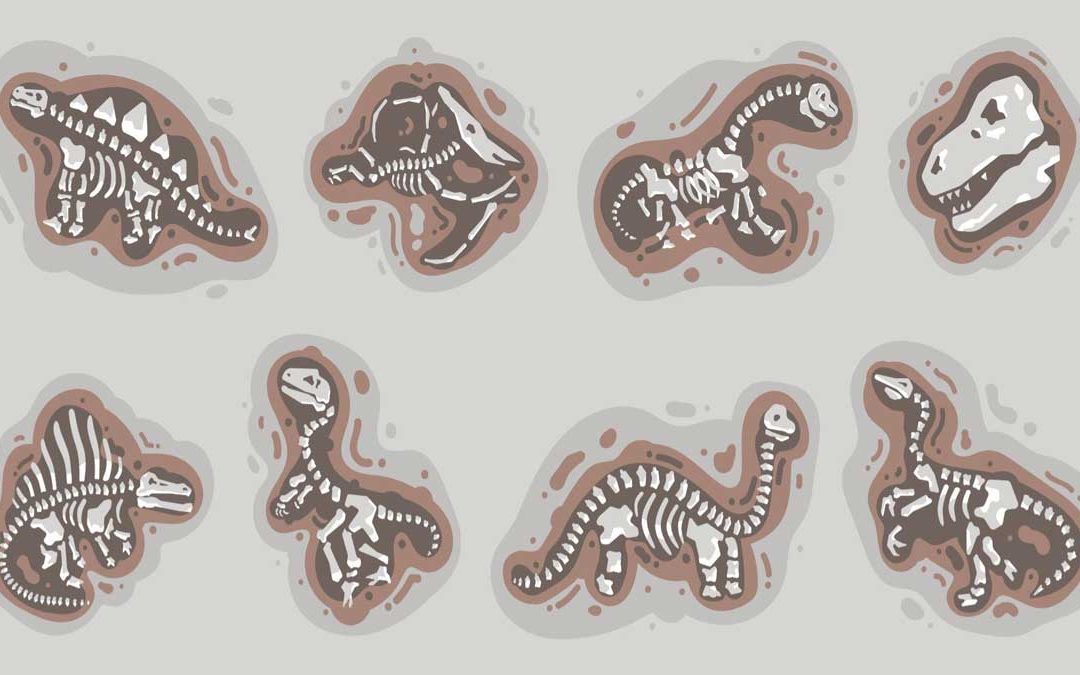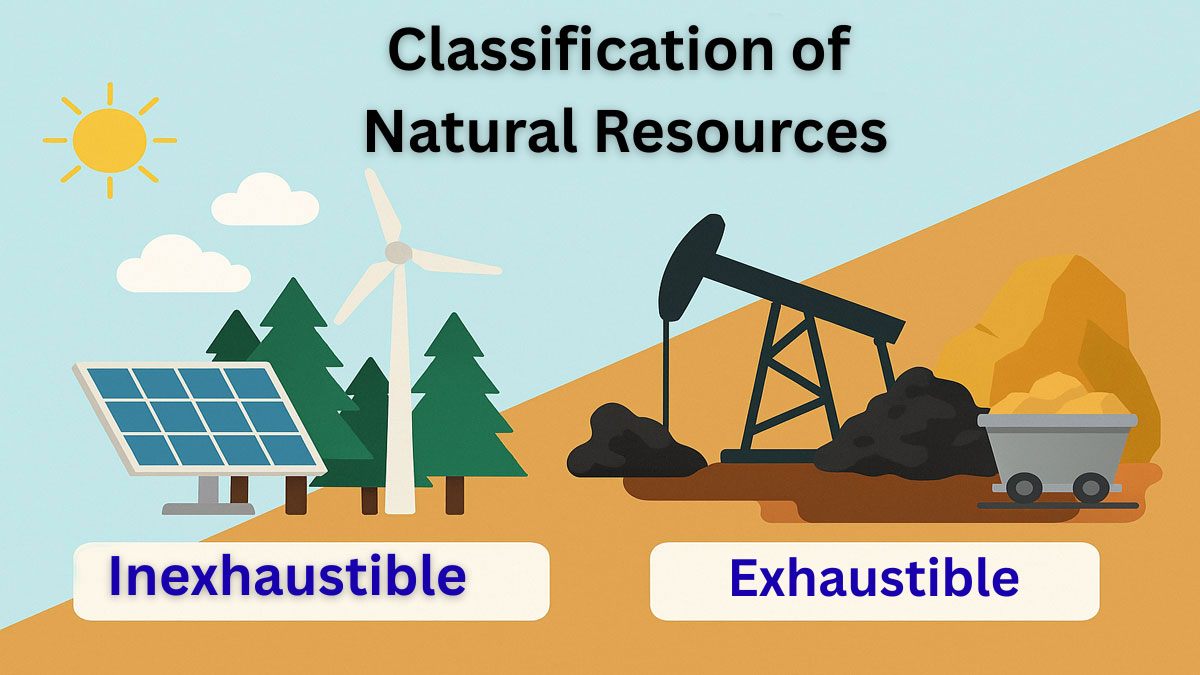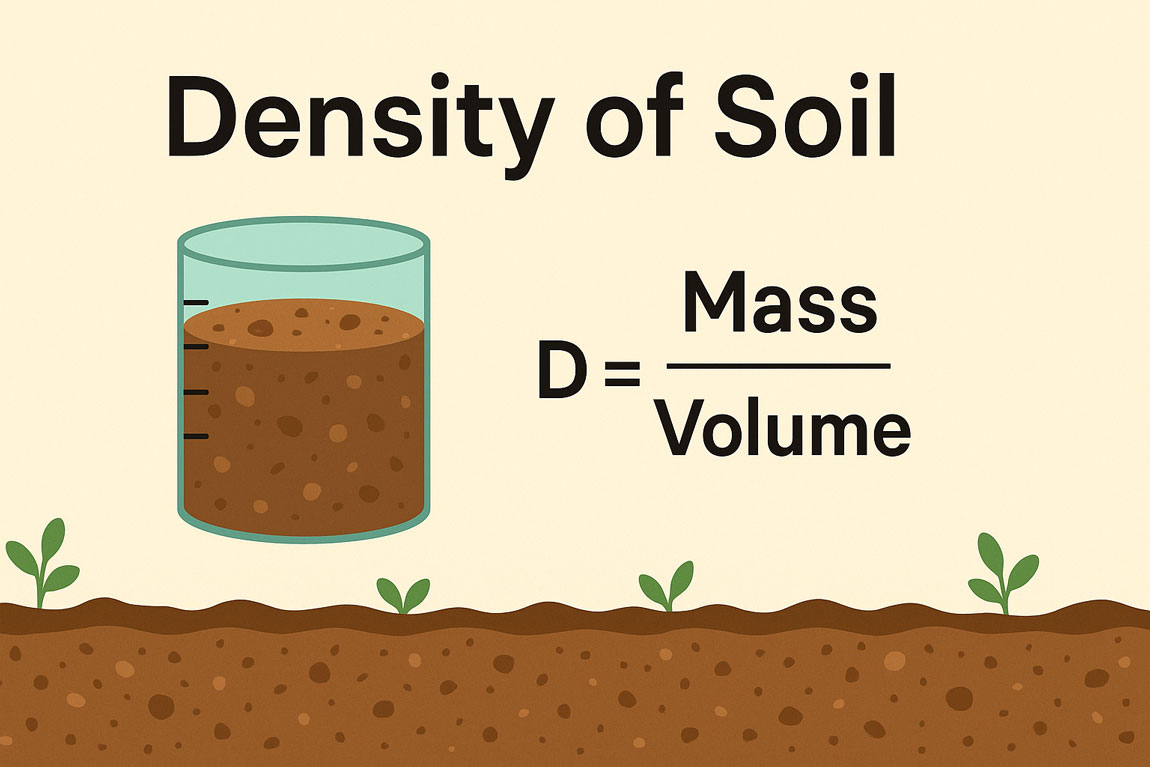Formation of Fossil:
A fossil is the preserved remains or terraces of a dead organism. Fossils can be formed in several ways. Four different ways by which fossils can form are explained below:
- Permineralization occurs when dissolved minerals carried by groundwater fill the cellular spaces of plants and animals. The dissolved minerals crystallize and produce rocks in the shape of an animal or plant. This is the most common type of fossil preservation, and examples include teeth, bones, shells, and wood.
- Natural casts form when flowing water removes all of the original bone or tissue, leaving just an impression in sediment. Minerals fill in the mold, recreating the original shape of the organism.
- Amber preserved are organisms that become trapped in tree resin that hardens into amber after the tree gets buried underground. Examples include insects, pollen, lizards, and frogs.
- Trace fossils record the activity of an organism. They include nests, burrows, imprints of leaves, footprints, and poo.
Mode of preservation of fossils:
- Chemical alteration: The addition, removal, or rearrangement of chemical constituents has chemically altered the hard parts of many fossil organisms.
- Permineralization: It is the process of filling pores in bone on the shell by deposition of minerals from solution.
- In molecule-by-molecule substitution, another mineral with a different composition replaces the original material. Silica can replace the hard part of wood.
- Recrystallization: Many shells are made up of aragonite, which is a metastable from CaCO3. Aragonite can be altered on recrystallized to calcite, a notable form of CaCO3.
- Carbonization: Preserve soft tissues of plants or animals as a thin carbon film, usually in fine-grained sediments(shale). Example — Burgess shale fauna.
- Mold-cast: Three-dimensional preservation where the original is not present. Example: Trilobites.
- Miscellaneous: Fossil resin, Pseudo fossils, and living fossils are the types by which fossils can be preserved.






